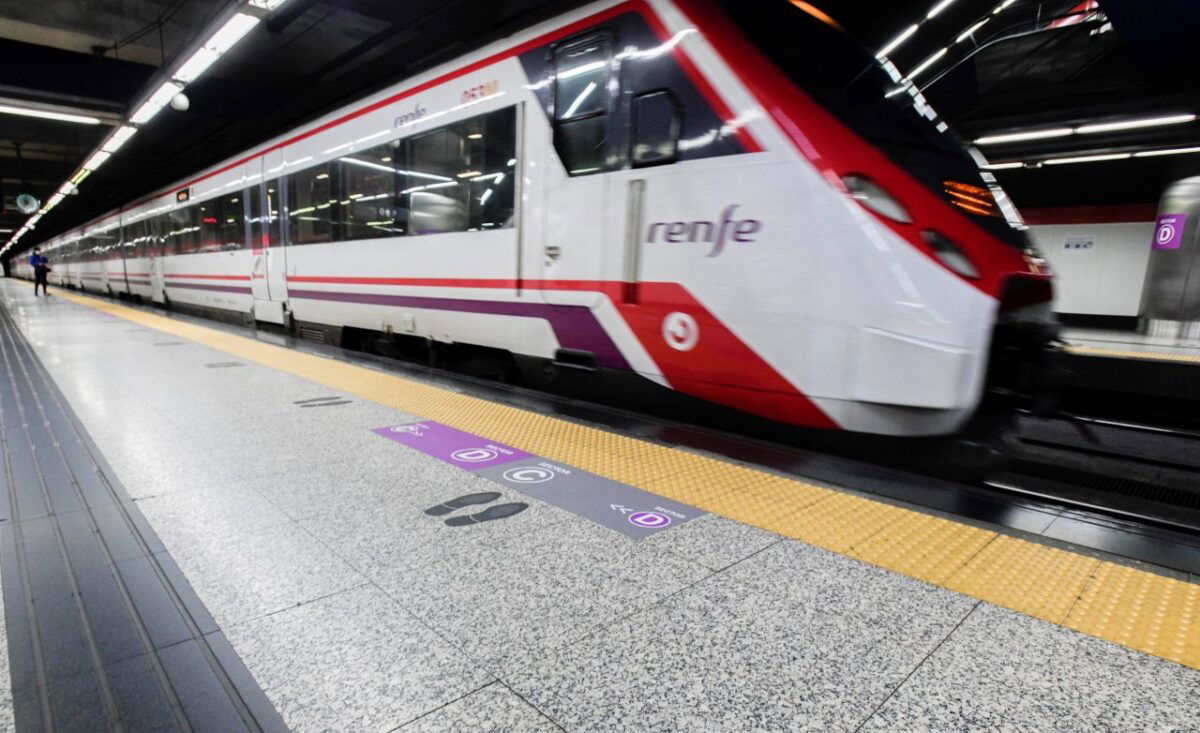In a surprising about turn, Spain’s Transport Minister Óscar Puente is said to have given his blessing to plans to extend the commuter train line to Marbella via tunnel, the country’s only city with over 100,000 residents without access to a rail service.
Less than 18 months ago, Puente dismissed the idea as unfeasible due to the ridiculously high costs, complex terrain, and lack of competitiveness. Now, the Minister favours a tunnel under the A-7 motorway, making it a major win for Costa del Sol infrastructure and commuter rail expansion in Andalucia.
The change of opinion is a telling acceptance of Marbella’s long-overdue connection to the national network. The existing Cercanías line ends in Fuengirola, where a 50-year-old tunnel could serve as the starting point. Complicated rocky terrain and urban sprawl along the Costa del Sol have historically blocked progress on what was always considered a pipe dream. But now it seems, ministry sources confirm a preferred “cut and cover” method, similar to that of Malaga’s Metro, so to minimise disruption.
How the Marbella rail extension would be built
Construction would proceed in phased segments of 15-20 kilometres, excavating side walls, pouring concrete, and installing a roof slab before tunnelling inside. Only one A-7 lane would close at a time, ensuring minimal traffic impact on this busy Costa del Sol artery. The approach, championed by current Renfe president Álvaro Fernández Heredia during his time as ministry deputy, promises the best option.
Engineer Ángel García Vidal, representing Malaga’s College of Civil Engineers, estimates each segment at €40-60 million. Expropriations could take 6-12 months in an accelerated scenario, with full works spanning at least four years, or potentially longer to avoid totally paralysing the coastline.
Massive passenger demand drives Costa del Sol train project
Demand projections are massive: up to 60 million annual passengers across four segments. Breakdowns include Nerja-Malaga (9.77 million/year), Malaga-Fuengirola (25.57 million), Fuengirola-Estepona (20.30 million), and Estepona-Algeciras (4.89 million). The overloaded Malaga-Fuengirola C-1 line already hauled 17 million passengers last year, operating at 116 per cent capacity in summer, making it Spain’s most efficient per seat, according to data.
To cope, the ministry plans track duplication, extending five stations to 100 metres for longer trains and boosting frequency. Extending Cercanías to Marbella emerges as a much simpler option than broadening the A-7, greatly improving regional mobility and sustainability.
The Marbella train extension could transform Andalusia’s transport landscape, easing congestion, cutting emissions, and unlocking tourism and business potential. With viability studies already underway, followed by informational ones, tenders may be launched soon. After decades of isolation, Marbella’s rail dreams are tunnelling toward reality, poised to connect Spain’s most glamorous spot to the rest of the world.
